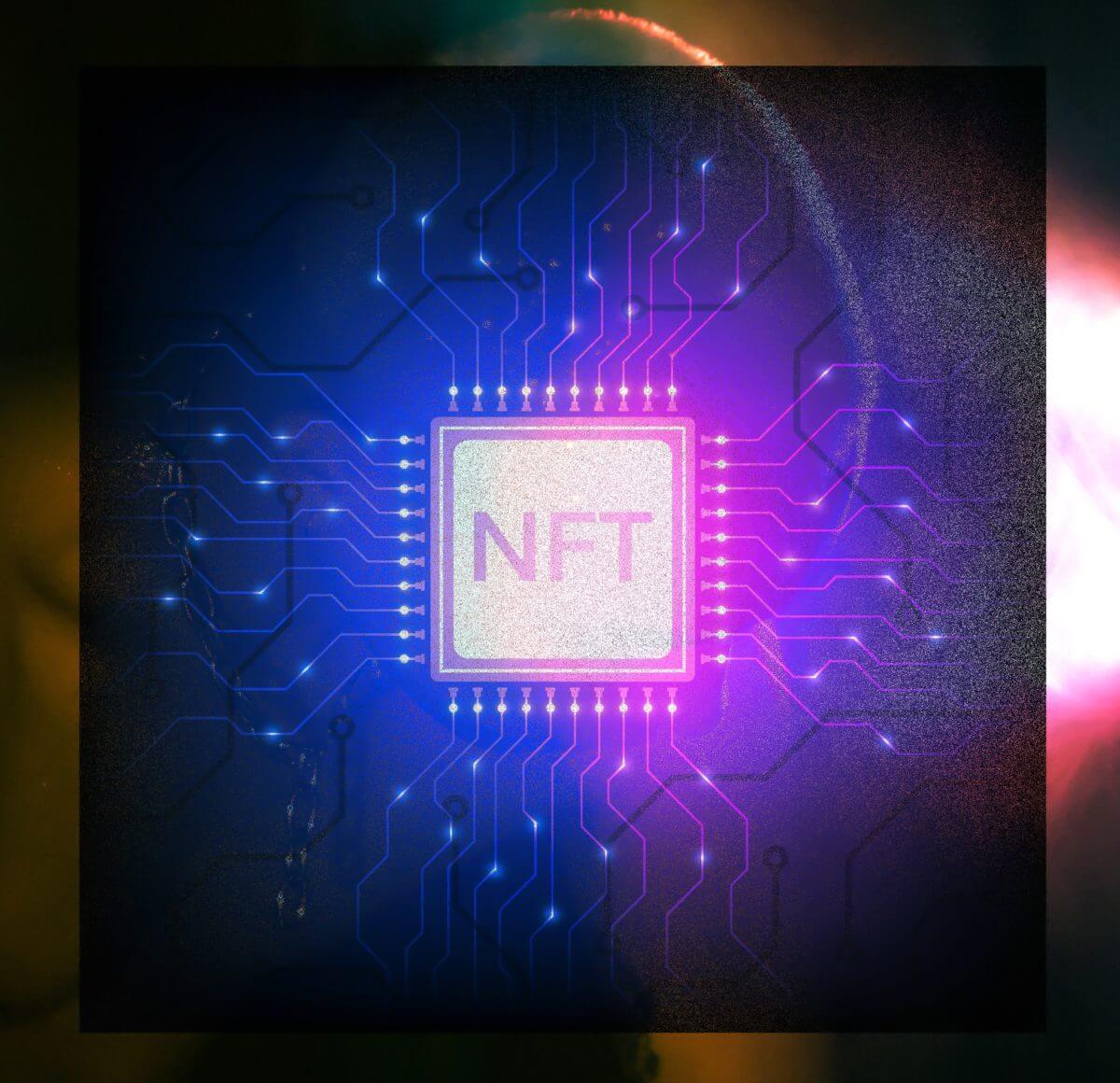
What You Must Know About Dynamic NFTs
The fast developing web3 has quickly adopted non-fungible tokens. Now it is a fundamental building element. Providing a novel method for tokenizing and commercializing digital assets. NFTs have developed significantly to become more adaptive than before. This is interesting because the original intention was for them to exist on the blockchain as a permanent record. This is because of the scaled-up version of non-fungible tokens known as Dynamic NFTs.
Unless you are completely ignorant of the non-fungible token realm. You have probably come across the term “Dynamic NFTs or dNFTs,” which refers to the NFTs’ subsequent stage of development. Notably, dNFTs access some of the unrealized potentials of the original static non-fungible tokens. They extend the possibilities beyond their bounds. It goes without saying that there is much more to learn about the phenomenon known as live digital collectibles. This article will explain the main distinction between static and dynamic NFTs. Explain why the most recent upgrade is necessary. We will go over some of the existing and future applications for dNFTs.
Differences Between Classic NFTs and dNFTs
To start, conventional NFTs, also referred to as static NFTs by nature. They are an extension of dynamic NFTs, also known as dNFTs. In essence, the basic NFT’s original purpose was to digitally preserve real-world objects. Examples like real estate titles, patents, special cards, artwork, and diverse treasures, among other distinctive identifiers. Unfortunately, this non-fungible token model has a number of flaws. One of which is the permanency of the technology.
You can’t change the metadata embedded in each tokenized item after its creation. This means that each NFT item cannot be improved. Instead, a new variant must be developed to account for changes in the future. This is also the reason that the majority of currently in-use NFTs are produced in batches. Series to allow for potential future updates or modifications.
This method started when NFTs were first developed. It has recently come under scrutiny for being ineffective. Especially in terms of sustainability and scalability, which made the development of dNFTs necessary. What exactly is a dNFT, and how are they unique from traditional NFTs?
Dynamic NFT: What Is It?
dNFTs introduce the capability to change or edit encoded metadata, in contrast to standard non-fungible tokens, whose encoded metadata cannot be updated. To put it another way, the encoded information in dNFTs is programmed to react to outside factors or, maybe, to evolve in response to current events. So how do they function?
dNFTs include built-in smart contracts that allow them to get secondary data from oracles and implement modifications to the metadata of the tokenized item. In case you were wondering, an oracle works much like an API; it effectively serves as a link between on-chain and off-chain infrastructure. In this situation, the oracle enables blockchain-based initiatives like non-fungible tokens to interact with conventional systems, like dNFTs, while responding to real-world events.
Non-fungible tokens become “alive” tokens (i.e., dNFTs) with the ability to change over time by utilizing smart contracts. The smart contract typically has instructions embedded in it that specify when and how the NFT’s metadata should respond (i.e. evolve) in response to inputs from the oracle.
In other words, while dNFTs’ distinctive identity is permanently preserved on the blockchain, their properties can be modified. The static NFT, in contrast, lacks a smart contract; as a result, the metadata is constant, and the qualities and appearance also hold true throughout time. Perhaps the most prevalent NFTs you will come across online are static NFTs, however, dNFTs are also making their way into the crypto community as they show increasing promise.




